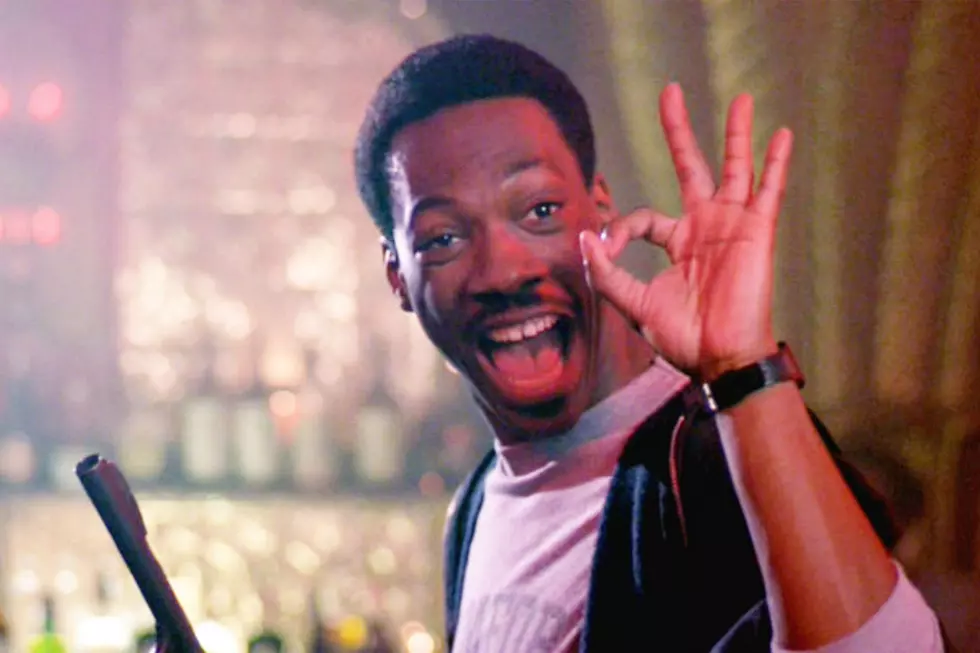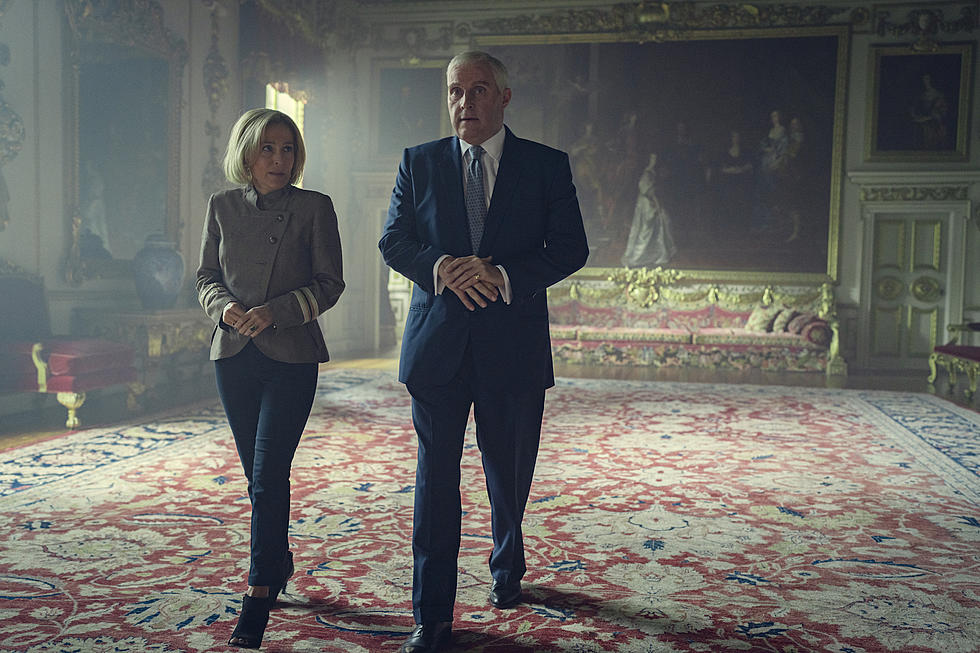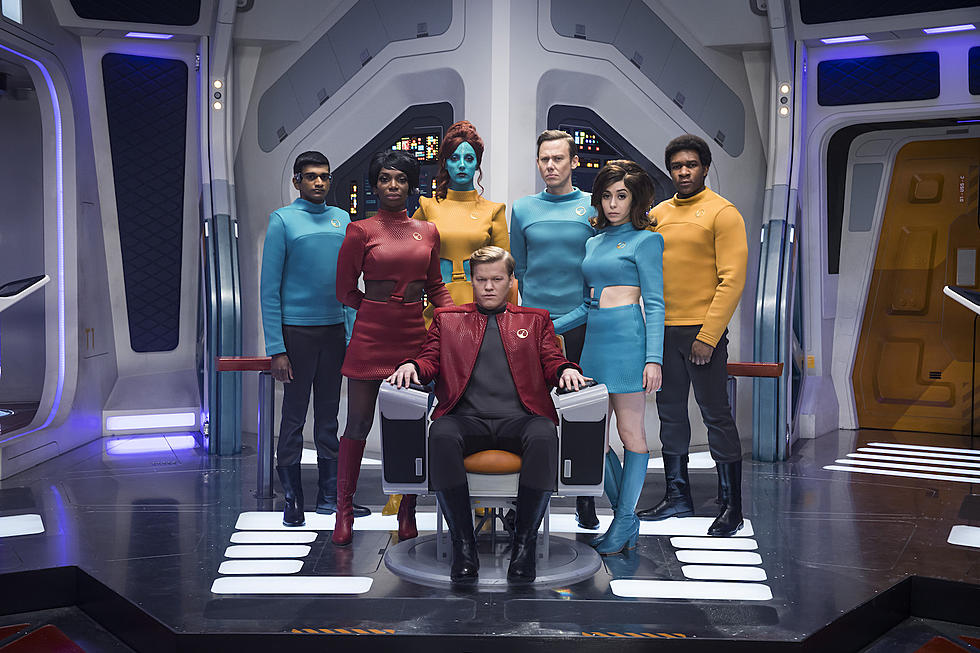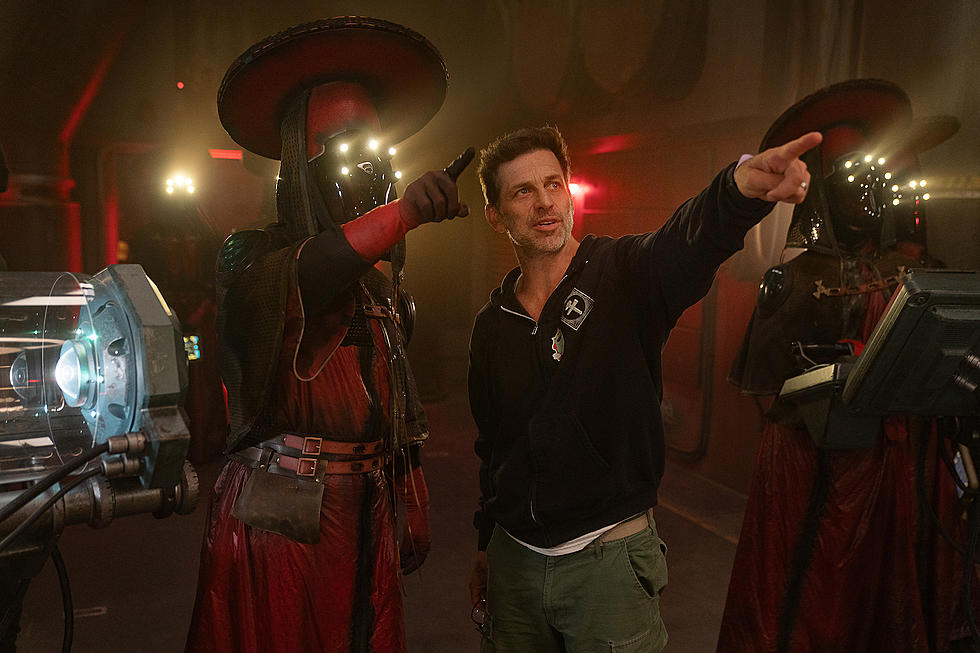
‘Five Came Back’ Writer Mark Harris on the Movies to Watch After ‘Five Came Back’
Netflix’s new documentary series Five Came Back, based on historian and critic Mark Harris’ book about five Hollywood directors — Frank Capra, John Ford, John Huston, George Stevens, and William Wyler — and their journeys through World War II, does something the book couldn’t: Show you these directors’ work, both in commercial movies before and after the war, and in training and propaganda films during it. Harris told me sharing those films with viewers, and potentially making new fans of this classical Hollywood quintet, was one major reason he wanted to turn Five Came Back into a film.
“I’m super conscious of the fact that people can vote for President who weren’t born when Pulp Fiction opened,” Harris said with a laugh as we chatted in a lounge above Lincoln Center’s Alice Tully Hall earlier this week. “I know people for whom ‘classics’ mean the ’70s or ’80s, and they wouldn’t think of watching anything from the ’30s or ’40s. Those are like cave paintings to them.”
To make that history more approachable, Harris and director Laurent Bouzereau created a unique structure to guide viewers through their story. Instead of a traditional talking-head documentary blending interviews with experts, historians, and critics, Five Came Back pairs each of its subjects with one living Hollywood director, who discusses the subject’s life and work and occasionally compares it to their own. Steven Spielberg talks about Wyler, Francis Ford Coppola explores Huston’s career, Lawrence Kasdan does George Stevens, Paul Greengrass tackles Ford, and Guillermo del Toro, perhaps the most thoughtful of the bunch, aims an impressively critical eye on Capra. (Meryl Streep also provides additional narration.) The conceit focuses the film, which is just three hours long, in a way that makes it easier to follow and more personal than it would have been otherwise. (At three hours long, it’s maybe the only Netflix series in history that you’ll actually want more of when it’s over.)
The unusual concept, Harris explained, makes Five Came Back “a little less like A Night at the Museum,” before adding “anything we can do to make those movies or the people who made them more interesting, I’m all for. Maybe if you see a minute of The Best Years of Our Lives you’ll want to see a minute more. That’s my hope.”
Unfortunately you can’t currently see The Best Years of Our Lives on Netflix — or most of these five directors’ filmographies, for that matter. (Harris did note that Netflix is going to be streaming over a dozen of the war films made by Capra and company to coincide with Five Came Back.) But if Five Came Back does its job and makes you want to find more of these great filmmakers’ art, here are more movies from each of its five subjects that Harris recommends, along with some info on where you can currently find them online.
Frank Capra
Mark Harris: It’s not so fruitful to go chronologically forward from [the war] with Capra; he only made about a half dozen more movies. So let’s go back to It Happened One Night, which is like the last pure comedy he made before his movies started getting a little more political with Mr. Deeds Goes to Town and then Mr. Smith Goes to Washington and You Can’t Take It With You. People still love It Happened One Night because it’s the invention of… what can I say to make a young person want to see It Happened One Night? It’s the invention of shipping. It’s a pure example of great chemistry onscreen, and it’s sexy and it’s funny, and it’s not really trying to make a larger point, which was never really Capra’s strong suit. His strong suit was having an impeccable ear for what the public wanted to see. And It Happened One Night still works. I know this is a big ask but if you can ever see it on the big screen it’s especially fun to see with an audience.
It Happened One Night is currently available for rent on numerous sites and services.
John Ford
Harris: I’m going to assume that you’ve seen The Searchers. And I’m going to assume you’ve seen The Grapes of Wrath. So I will pick a third movie that a lot of people might not have seen — How Green Was My Valley, which I’ll pick because it’s still an underrated movie, in that it’s punished for being the movie that beat Citizen Kane at the Oscars. It’s in the Ordinary People Penalty Box; it beat a movie people love and think should have won. Also, How Green Was My Valley has a really interesting, problematic history behind it. It was going to be a four-hour Technicolor epic directed by William Wyler; it was supposed to be the next Gone With the Wind. Then 20th Century Fox decided maybe it shouldn’t be four hours, maybe it shouldn’t be Technicolor, maybe it shouldn’t be an epic, maybe it shouldn’t be William Wyler. And so John Ford came in.
I don’t always love Ford’s sentimental side but he really feels this movie. He just gives himself over to this family and this coal-mining town. I don’t think people talk enough about his sense of where to put the camera and his ability to make that camera capture things almost by accident. It’s a really beautiful movie, and to understand it only in the context of the Oscars is probably why we should all talk about the Oscars less.
How Green Was My Valley is available for rent on numerous sites and services.
John Huston
Harris: Let’s go way late and pick The Dead. John Huston really fell in love with Ireland later in his life, after the war. The Dead is, I believe, his last movie. A lot of people have taken it on since; it became a stage musical, it became a stage play. I really think in some ways that grows out of Huston’s work on something that was seen as so small and delicate as to be almost unadaptable. Huston tried a lot of literary adaptations over the decades with varied success, but he was very ambitious; he did Stephen Crane, he did Melville, he did Kipling, he did Flannery O’Connor. He took big swings. And, to me, taking on James Joyce, that was one where he really connected. That movie works beautifully. It’s one of the most delicate movies he did. And there’s nothing dated about it. In 1987, John Huston was still making incredibly vital movies. So start there and then work backwards. Huston made some huge dogs, and you can skip things like Phobia and Victory. But between Prizzi’s Honor and Under the Volcano and The Dead, that’s a pretty amazing late run.
The Dead is available for rent on numerous sites and services.
George Stevens
Harris: Let’s assume that Logan is going to drive people to Shane, which I really hope it does because it’s a great, great movie. So if we’re going to pick an after-the-war Stevens movie besides Shane I’m going to pick Giant — which is an incredibly weird, unbelievably long movie. It’s like three and a half hours, and three and a half movies. It’s almost the progenitor of Dallas, with this big feuding Texas family. And some of it works better than other parts of it. It’s Rock Hudson, Elizabeth Taylor, and James Dean, and eventually they’re in not very persuasive middle-aged makeup. But there’s a gigantic, rangy, appetite for making a movie about landscape.
One thing I love about Stevens is he’s capable of a moment of melodrama as extreme as the way Mercedes McCambridge dies in that movie. I don’t even know how to describe it; it’s like she tantrum-horse-rides herself to death or something. But there’s also a scene in which the coffin of a young soldier is returned home and greeted on the railroad tracks by the bereaved that is truly pure cinema. It’s practically dialogue-less; everything about the way it’s framed and shot is incredibly moving for this minor character. It just reminds you that Stevens’ sense of the intimacy of tragedy was so deep.
Giant is available for rent on numerous streaming services.
William Wyler
All I want to do is send people to [The Best Years of Our Lives]. But let’s say that once you’ve seen The Best Years of Our Lives, where do you want to go with Wyler? One place you could go is Dodsworth, which is one of his earliest movies, from 1936, and a movie that many people, from Gregory Peck to Warren Beatty have toyed with remaking since then. I totally recommend that movie because it’s 81 years old and it’s this unbelievably well-made, adult low-key melodrama. I think the older you get the more you can relate to Dodsworth, which is really a story about the degree to which you can and cannot remake your life once you’re deep into it. I find it an incredibly moving movie.
Dodsworth is currently available on FilmStruck.
More From ScreenCrush









